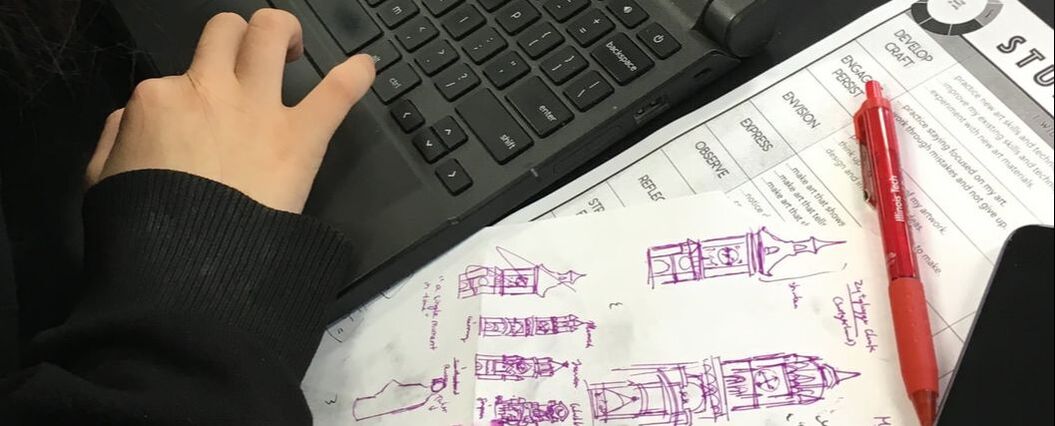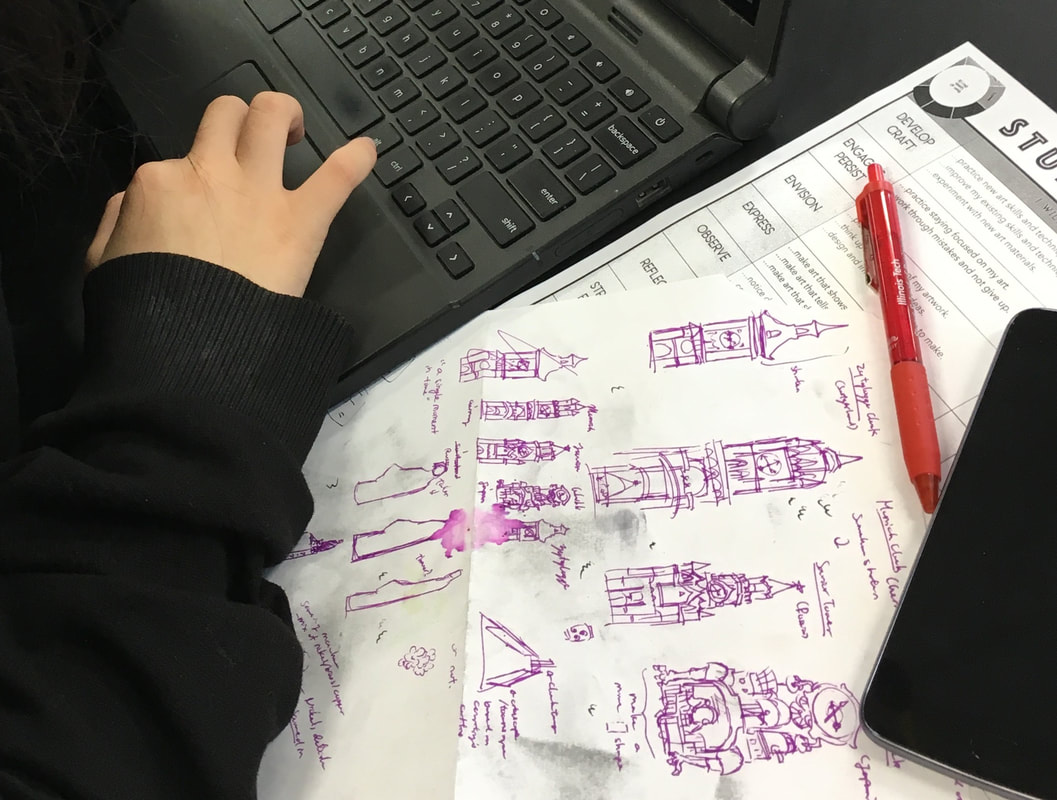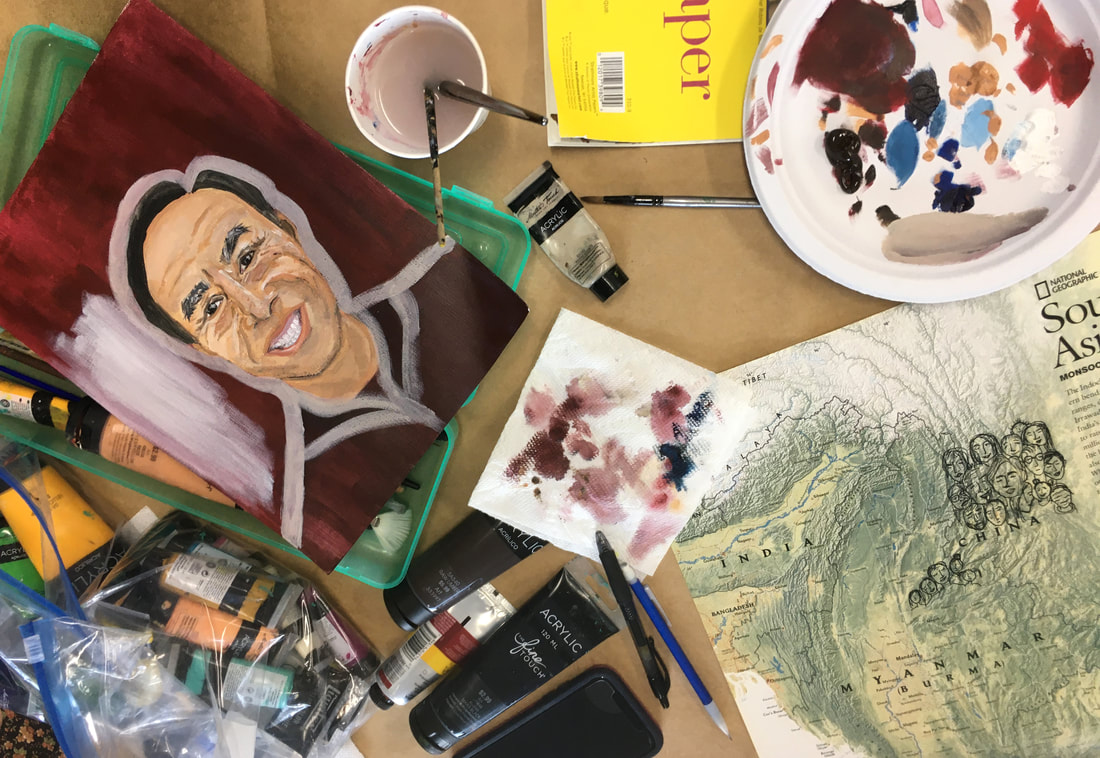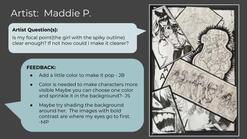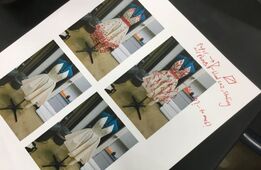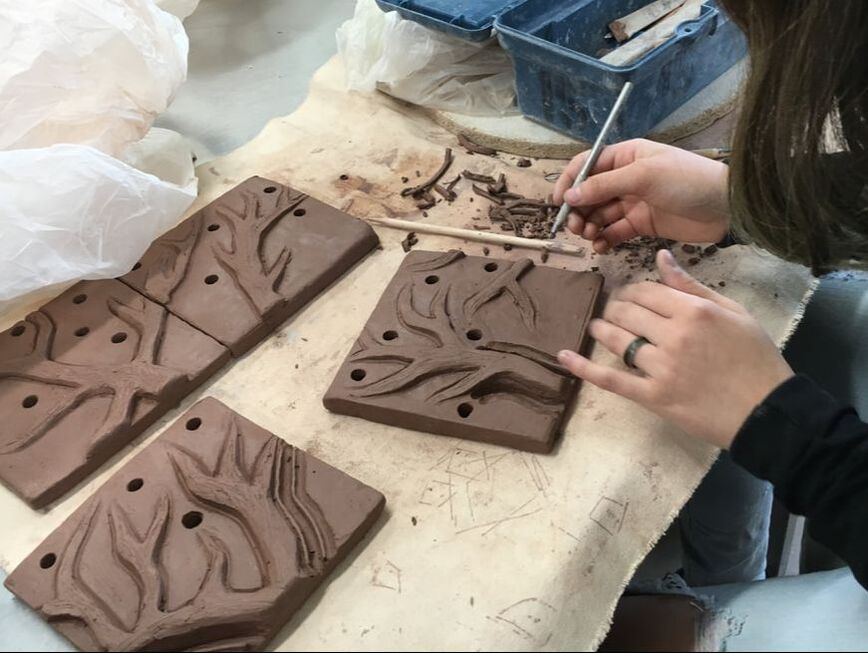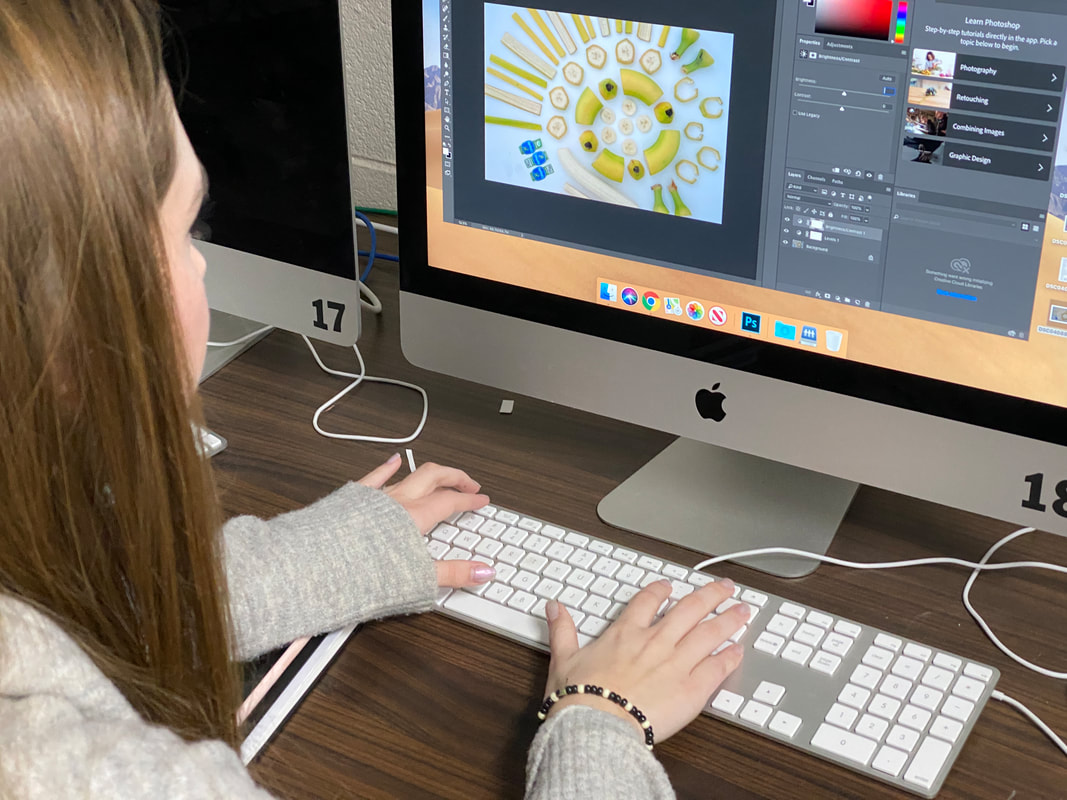CHOICE IN THE ART ROOM
Choice Art Education and Teaching for Artistic Behavior is often stigmatized and misunderstood. Teaching for Artistic Behavior is the philosophical approach in which the "the child is the artist" and "the classroom is their studio." Choice Art is the methodology of instructional delivery. Choice, itself, is a spectrum from teacher directed to full student choice. Choice exists within every lesson, despite your pedagogy. Often, teachers feel more comfortable in providing more teacher directed instruction in early years and levels with a gradual release into advanced levels. However, the choice spectrum allows teachers the ability to move back and forth depending on student and class needs.
In the successful choice classroom, curriculum is highly structured despite what some believe. Strategic scaffolding of technical and conceptual skills builds student confidence. When students develop skills with differentiated and scaffolded support, then apply these skills to new and novel forms of self expression, they are showcasing the highest order of thinking. My curriculum is structured by the semester, starting with safe and low risk practice and gradually developing personalized creative processes to demonstrate learning through full choice.
In the successful choice classroom, curriculum is highly structured despite what some believe. Strategic scaffolding of technical and conceptual skills builds student confidence. When students develop skills with differentiated and scaffolded support, then apply these skills to new and novel forms of self expression, they are showcasing the highest order of thinking. My curriculum is structured by the semester, starting with safe and low risk practice and gradually developing personalized creative processes to demonstrate learning through full choice.
THE CREATIVE PROCESS
The Creative Process has been defined in many different capacities using a variety of words. I categorize the Creative Process into four parts: Plan, Create, Critique & Refine, and Reflect. While these four parts are explicit terms used to define what creating looks like, the Creative Process is not a step-by-step process that artists and students go through. Instead, the Creative Process is both cyclical and nonlinear. This means that the steps an artist takes to achieve their vision may bounce around and engage different aspects at different times during creation. This also means that we don't finish an artwork, submit for a grade, and stamp it done. Instead, the Creative Process engages divergent pathways and informs our decisions for future artworks.
PLANPlanning includes ideation through brainstorming, researching, experimentation, and practice of concepts, materials, and techniques. Students are supported through various instructional strategies in order to make the planning of an artwork explicit in the creative process. Sketching includes drawing, creating maquettes, making paper templates and prototypes, taking photos, playing with composition, and more.
|
CREATECreating includes further exploration, experimentation, and practice of identified materials, concepts, and techniques. Students utilize their planning to support artistic decision making throughout the development of the artwork. Questioning strategies engages students in deeper thinking to support each artist where they are in their process and development. Additional or alternative materials, concepts, or techniques are offered as opportunities to connect with the artistic process.
|
CRITIQUE & REFINECritiquing occurs not only at the end of an artwork but is also an essential part of the art making process. In a collaborative community, students engage in peer feedback from the planning phase all the way through to the final creation. They reflect on their process and outcomes to request specific, targeted feedback. This feedback allows students to consider alternative ways of seeing their artwork and processes, provides alternative opportunities beyond their own knowledge and perspectives, and engages metacognitive practices as student consistently reflect on their work. Students curate feedback and make intentional decisions to align to their artistic vision.
As in critiquing, revision and refinement comes from routine reflection and peer feedback. Students consider multiple pathways throughout their creative process. The purpose of peer feedback is not only to give students insight into alternative ideas and processes but also to ensure that their visual message is clear to the audience as the artist intends. |
REFLECTReflection (with an uppercase 'R') comes at the "completion" of an artwork. Because the creative process is cyclical, Reflection provides space for the student artist to look at their process and work as a whole as well as consider what ideas, processes, and materials to explore in future artworks. Reflection (with a lowercase 'r') is a consistent process throughout the creative process. Students are empowered to reflect deeply on their daily process as well as day to day. Students utilize reflective practices to set goals and adjust as they see fit.
|
